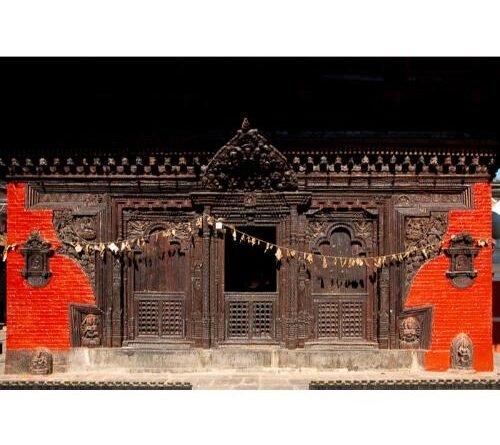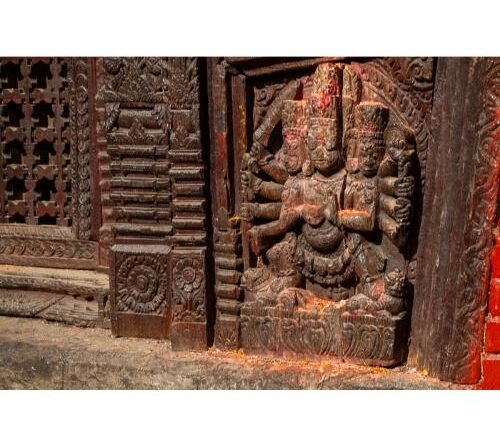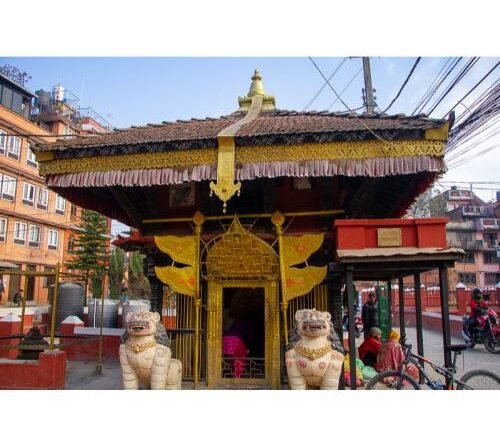Kumbheshwar Temple Patan,Nepal
The Kumbheshwar temple complex is one of the oldest and busiest religious place of the old Patan town lying on its northern part. The major deities whose temple or shrine lies within the complex includes Kumbheshwor Mahadev, Bangalamukhi, Unmanta Bhairava, Gaurikunda, Harati, Manakamana, Kedarnath, Badrinath. The complex houses a natural spring which fills the adjoining ponds, the source of which is said to be Gosaikunda Lake in Rasuwa District. It is therefore believed that taking a dip in the pond during the festival of Janai Purnima (जनै पुर्णिमा) is equivalent to doing the same in Gosainkunda.
The story goes that a farmer with leprosy from Kathmandu came here because the grass was better for his cow. One day he struck his wooden pole into the ground and discovered a water source. That evening on his way back he saw the king passing by. He stepped off the road as was the custom for someone with leprosy. The king, however, saw no trace of the disease. Instead the king found the man so handsome that he gave him a new name “Lalit” or handsome. The king knew a miracle had occurred and asked Lalit what happened. Lalit showed the king where he found the water source and the king pronounced that a hiti (हिटी) (meaning tap) should be placed there. Thus, the place was called Lalitpur (ललितपुर) (meaning the land of fine arts and fine people). Another story tells of a man who lost his water vessel on a pilgrimage who found it again at the Kumbheshwar. The word Kumbha in Kumbheshwar means “water vessel”. Whether any of the above is anything more than legend is up for debate. The fact that there is a water source from the Himalayan mountains (Gosainkunda) at Kumbheshwar may yet be another contributing factor. Perhaps Patan got its name from all of the above combined.
The main Kumbheshwar Temple is one of the only two free-standing five-storied temples (other being the Nyatapola Temple in Bhaktapur in Kathmandu valley. It was originally constructed as two storied shrine by King Jayasthiti Malla in around 14th century. The additional 3 stories were given by King Srinivas Malla during 17th century.
















